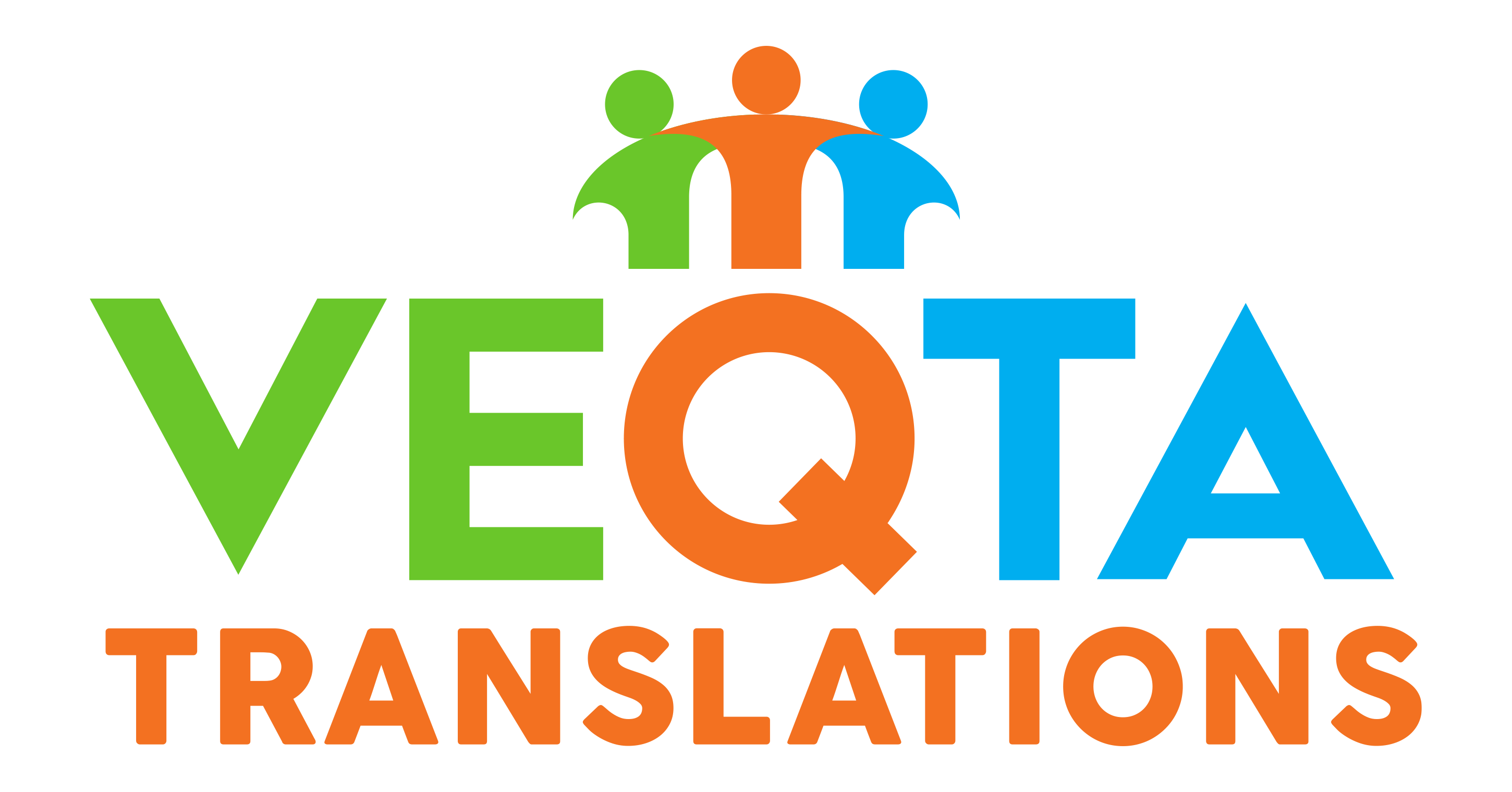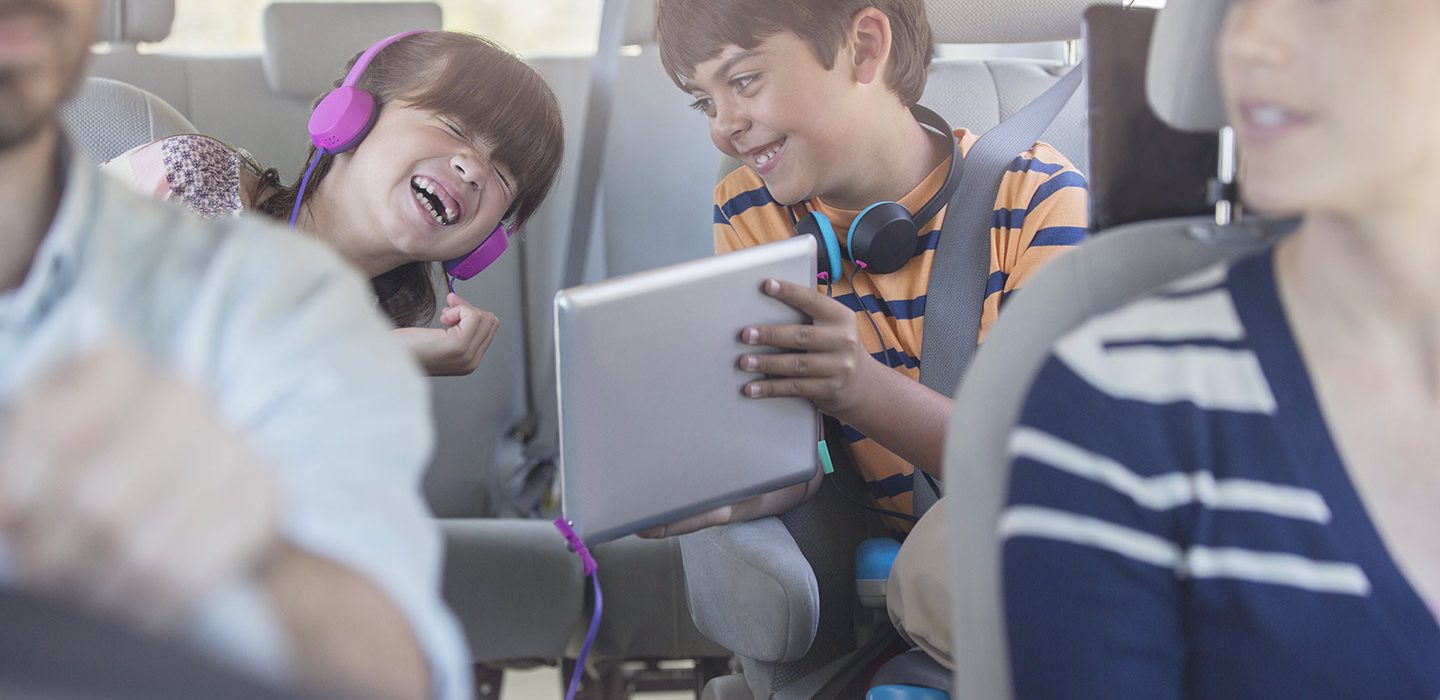In the booming world of children’s media, content creators face a pivotal decision: How do we make our educational material truly engaging for young audiences?
Whether it’s for YouTube channels, mobile apps, or educational TV programs, one element remains consistently critical—the voice. At VEQTA, we provide professional dubbing and voiceover services in over 30 languages. And when it comes to children’s education and infotainment, we strongly advocate for the use of human voice acting. Let’s explore why.Voice Modulation: The Secret to Captivating Kids
Children don’t just listen—they respond to energy, tone, and emotion. That’s where voice modulation comes in. Human voice actors have the ability to adjust pitch, rhythm, and volume dynamically—skills that are crucial for:- Differentiating between characters
- Creating emotional highs and lows
- Guiding attention during learning moments
- Infusing enthusiasm into lessons and songs
Engaging and Professional Voice Acting Matters
For educational content to stick, it must be engaging. A professional voice actor knows how to bring scripts to life-making even basic concepts fun and memorable. They can play multiple characters, mimic child-like tones, and match the pacing to a child’s attention span. In contrast, synthetic or AI voices -while improving, still lack this adaptability. Even platforms like Speechelo, WellSaid Labs, or Murf.ai, which are advancing rapidly for adult-facing content, struggle to deliver the playfulness and nuance required in children’s infotainment. Emotional warmth, spontaneous timing, and humorous inflection are difficult to replicate convincingly in AI. And for Asian languages, the quality gap is even wider. Tonal languages like Thai, Vietnamese, or Mandarin demand a level of vocal precision and emotional delivery that current AI still falls short on.The voice you are hearing is AI generated
Real-World Examples: Who’s Getting It Right?
Let’s take a look at some top players who have built thriving educational ecosystems through great voicework:- Lingokids: An award-winning app offering gamified English learning for children. They rely on character-driven voiceovers and musical storytelling to keep kids engaged.
- Sesame Workshop (Sesame Street): A global nonprofit media powerhouse that continues to use professional voice actors for its multilingual adaptations, ensuring cultural relevance and emotional depth.
- StoryBots (Netflix): Blends humor, education, and high-energy voice acting to teach science, math, and grammar.
- Duolingo ABC: Uses expressive narration to help early readers build phonics and vocabulary skills with confidence.
Why Voiceover Localization for Kids Is Different
Localizing children’s content isn’t just about translating the words. It’s about adapting tone, humor, character voices, and delivery style to suit a young audience in each target culture. This includes:- Adjusting vocabulary for developmental levels
- Using regional accents or dialects where appropriate
- Matching voice modulation to the educational or emotional tone
- Ensuring local idioms and humor make sense to children
When AI Voices Might Be Considered
While we strongly recommend human voiceovers for most kids’ content, AI voices can be helpful in limited scenarios, such as:- Internal prototyping of new educational content
- Administrative or instructional prompts in learning platforms
- Multilingual accessibility readouts where emotional engagement isn’t key
VEQTA’s Voiceover Services for Kids’ Content
We work with voice actors who specialize in children’s educational and infotainment content across:- YouTube shows and animation
- Language-learning and literacy apps
- E-learning platforms
- TV and streaming programs
- Songs, chants, and interactive stories
- Script localization and age adaptation
- Voice casting and direction
- Full post-production (editing, mastering, mixing)
- Delivery in broadcast-ready formats
The voice you are hearing is AI generated
In Kids’ Media, investing in the Voice Is Everything
When it comes to creating meaningful, memorable educational content for children, professional voice acting is not a luxury- it’s a necessity. Children tune in to tone, emotion, and character. Whether you’re building the next big YouTube channel, an immersive app, or dubbing a show for global release, the voice behind the message matters more than you think. At VEQTA, we bring language, performance, and localization together, helping you reach young learners across cultures with voices they’ll love and remember. Let’s find the right voices for your next project.The voice you are hearing is AI generated


